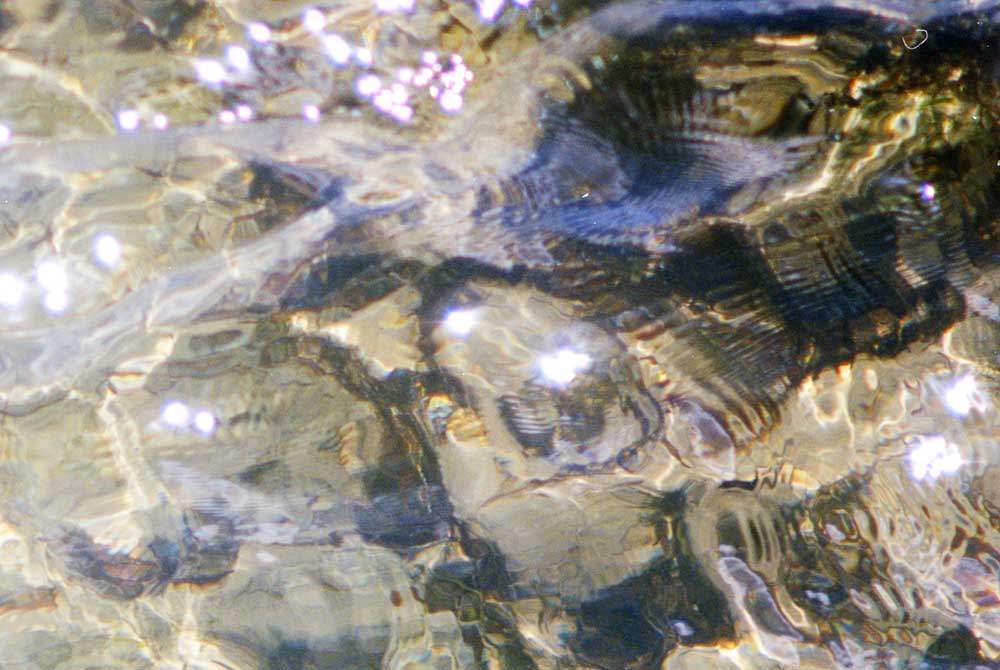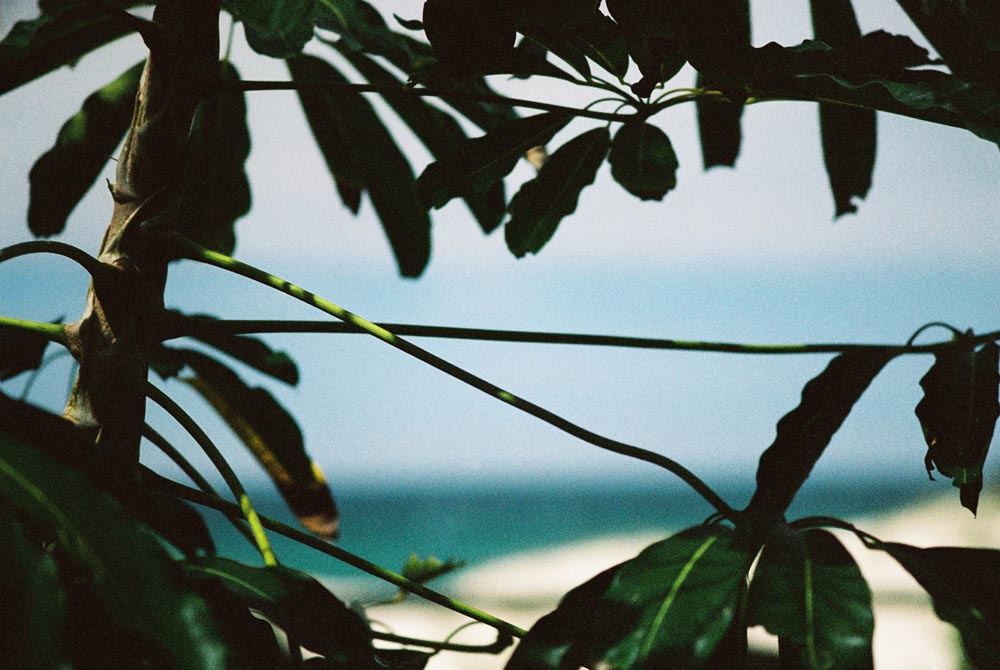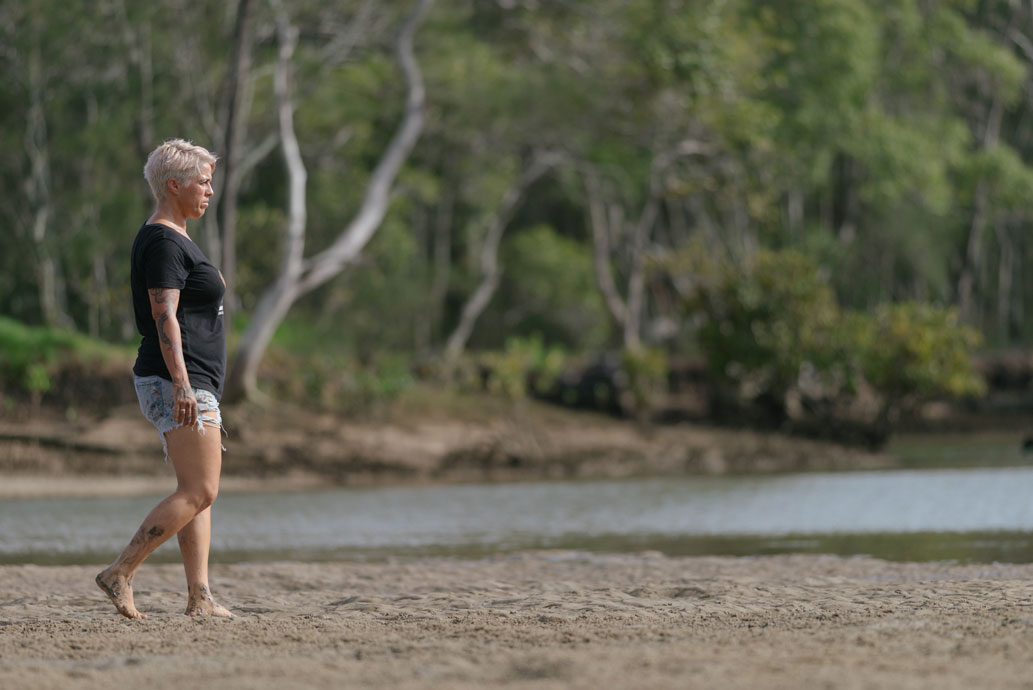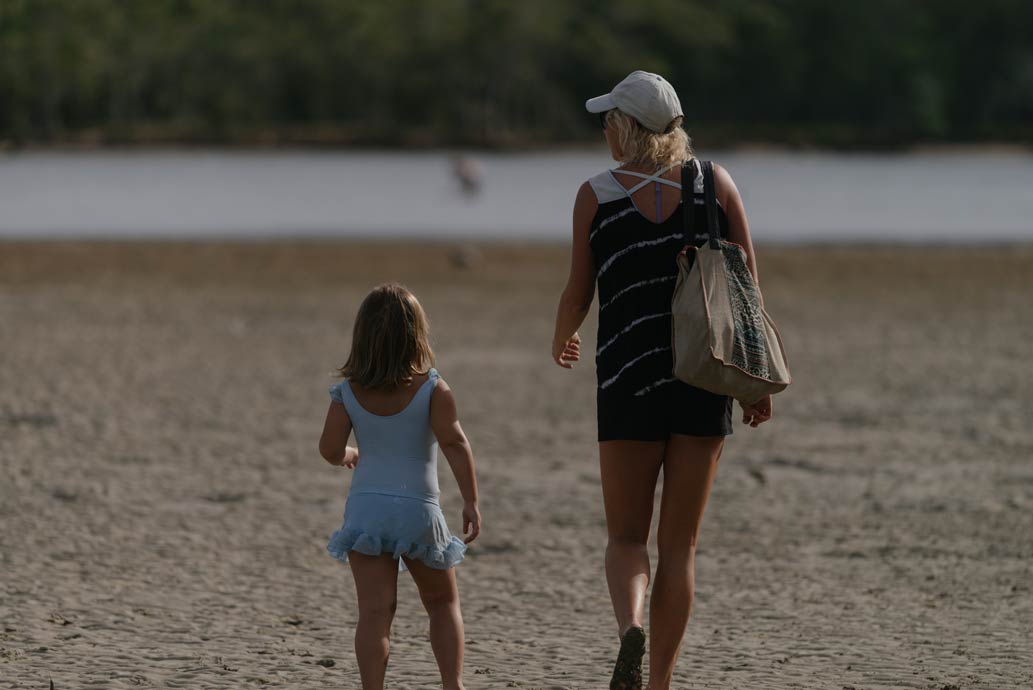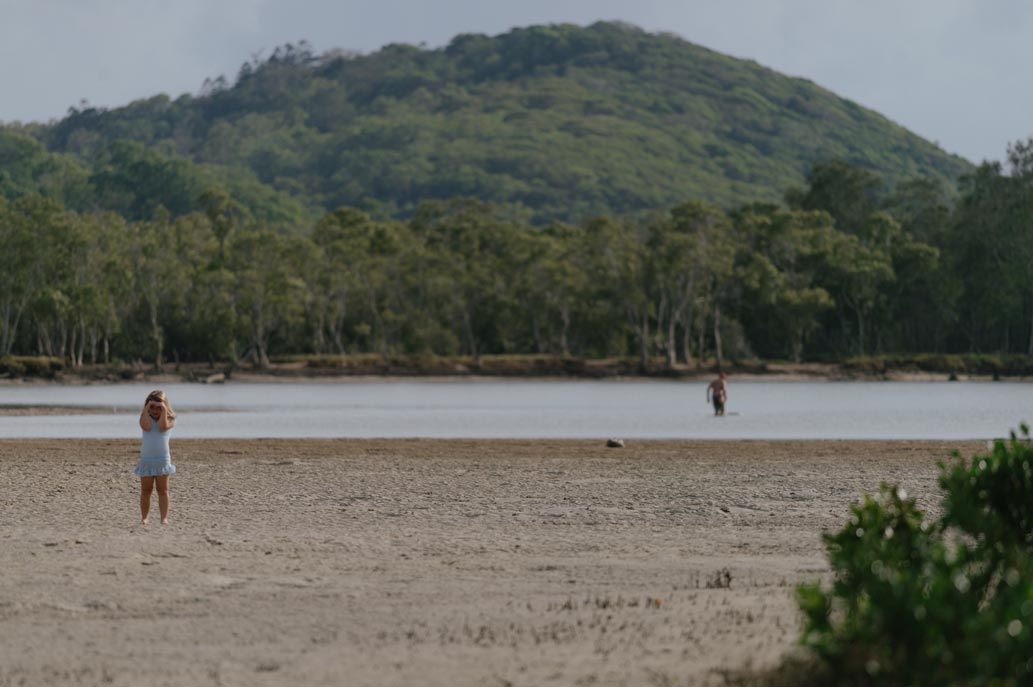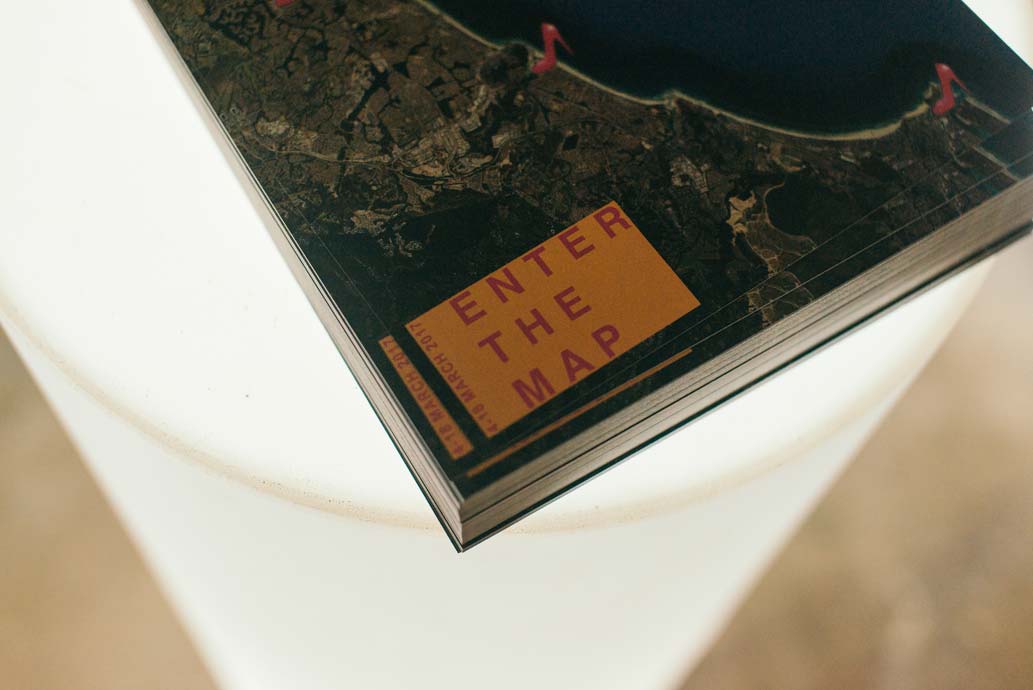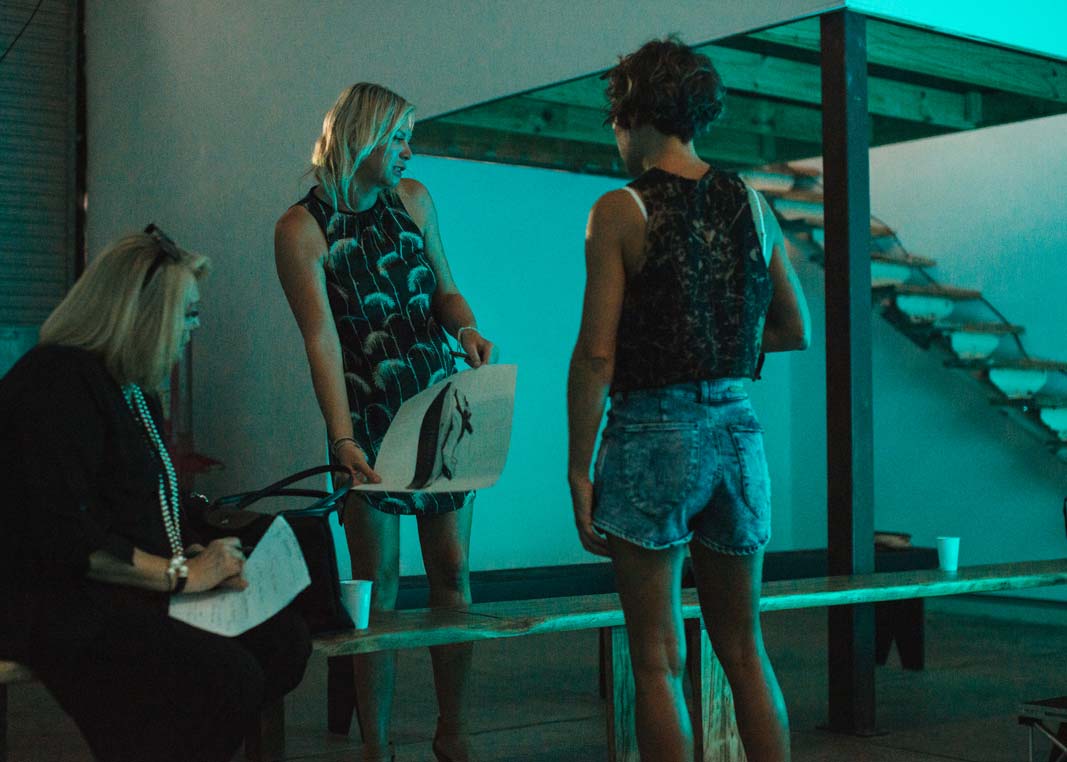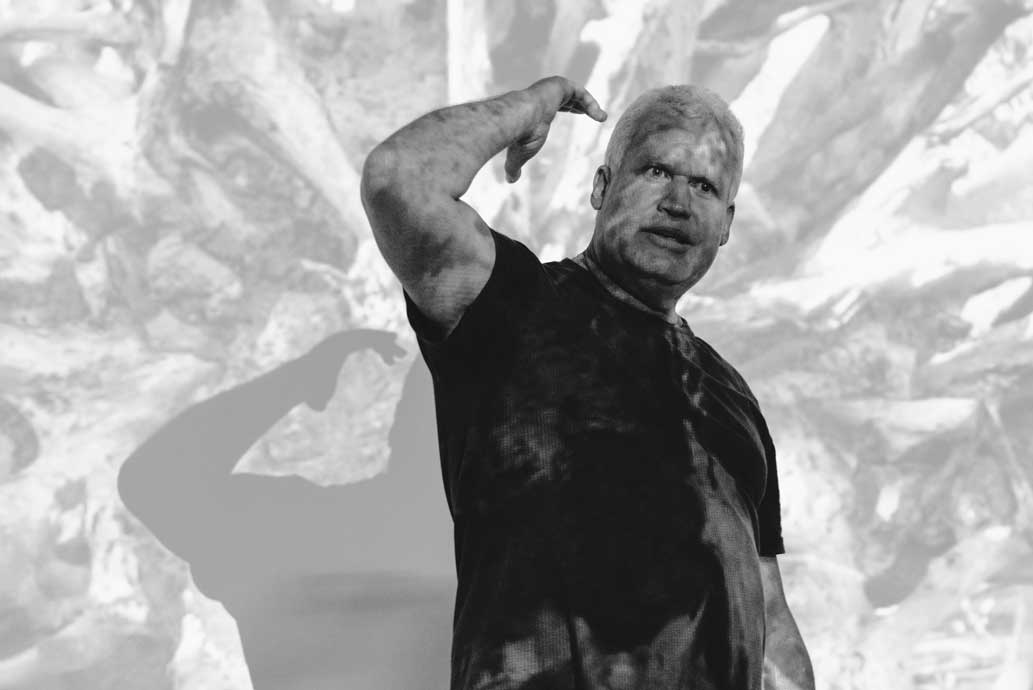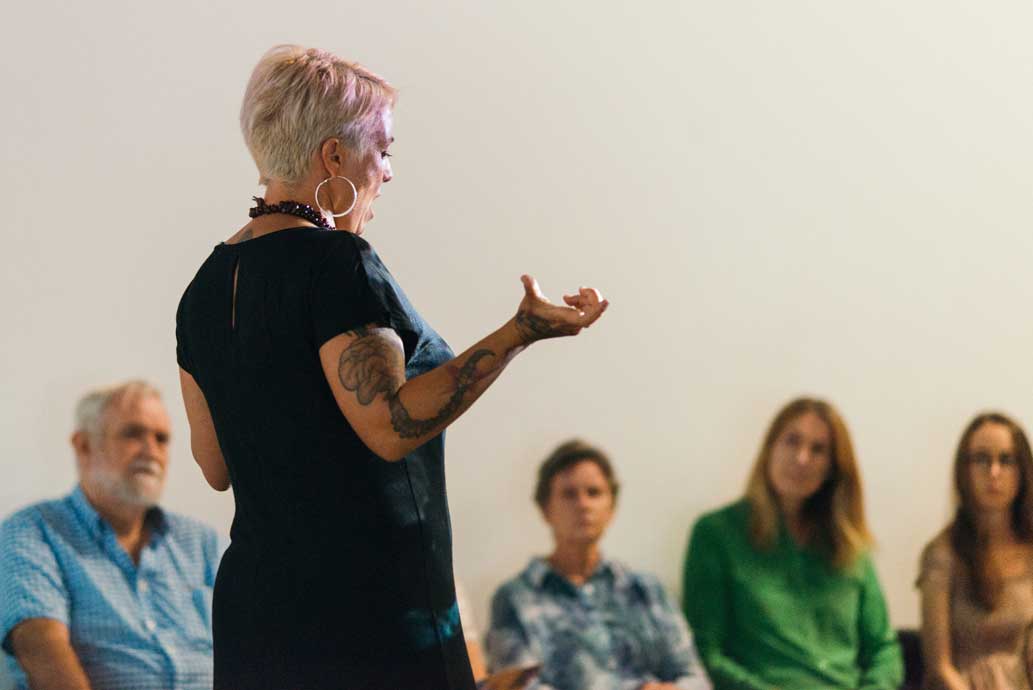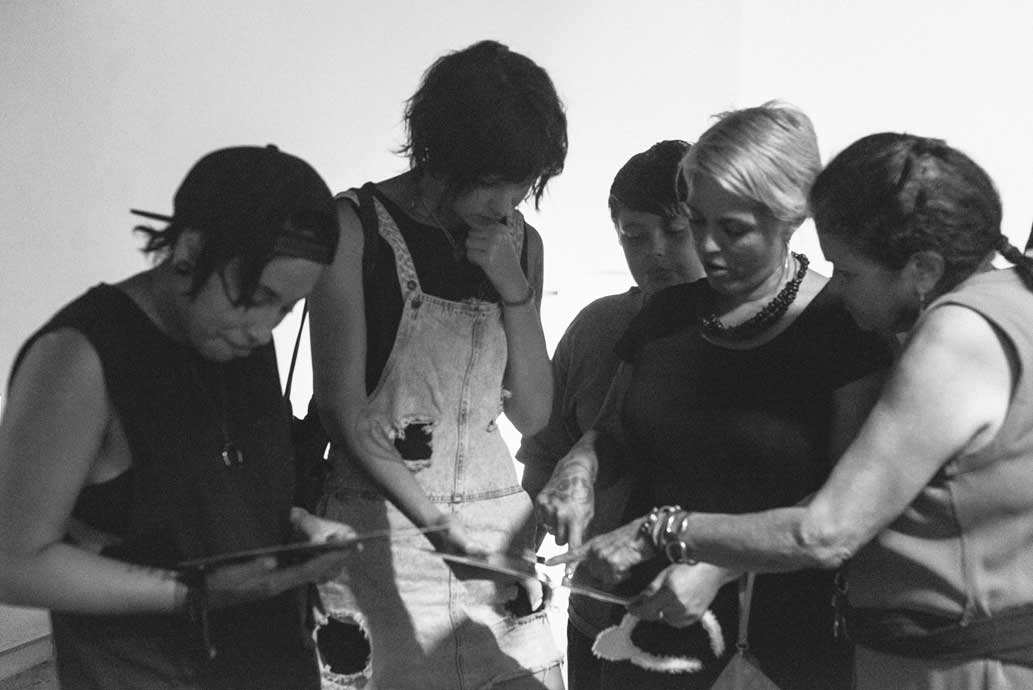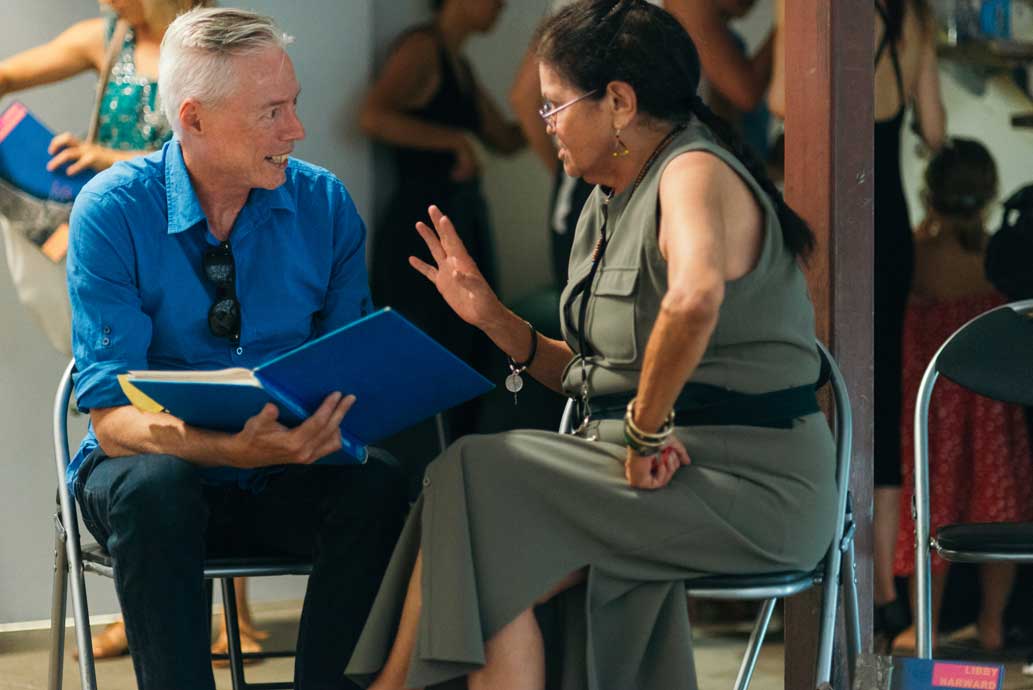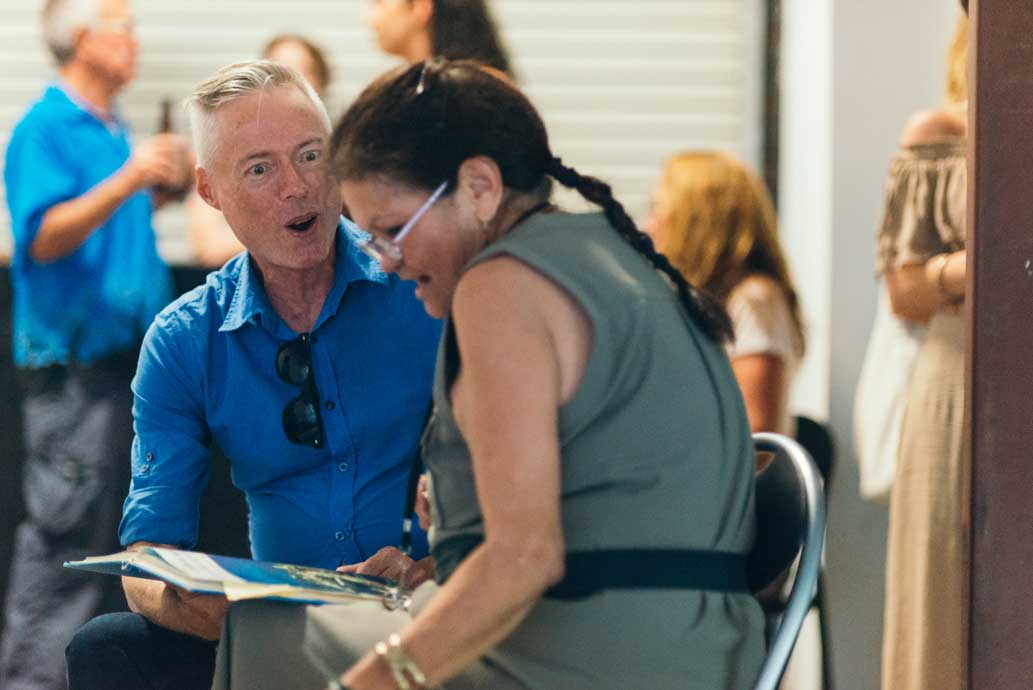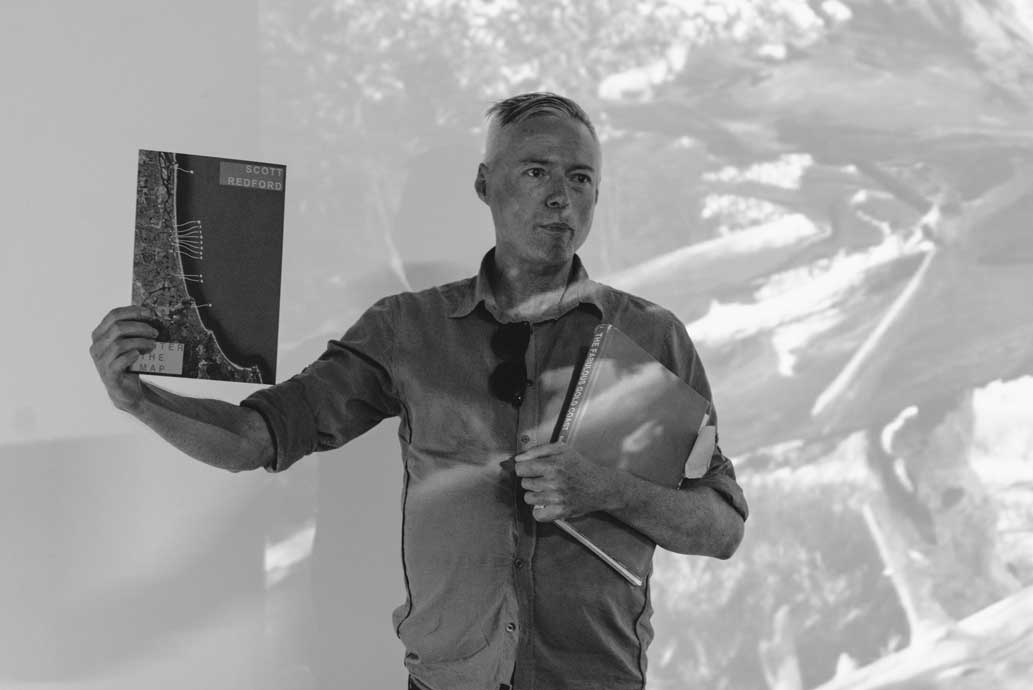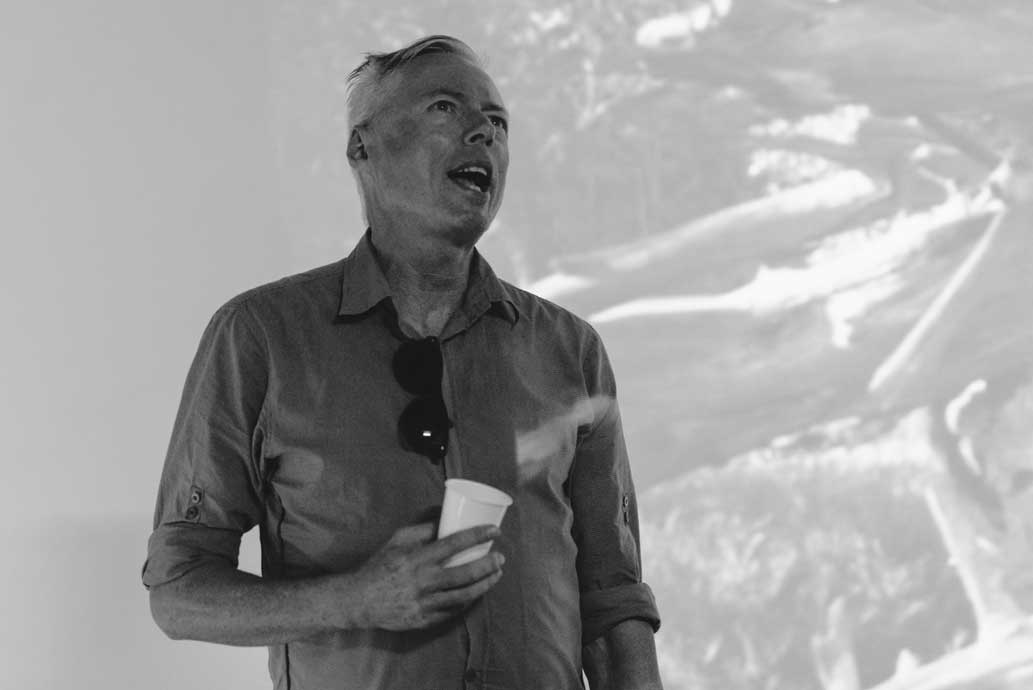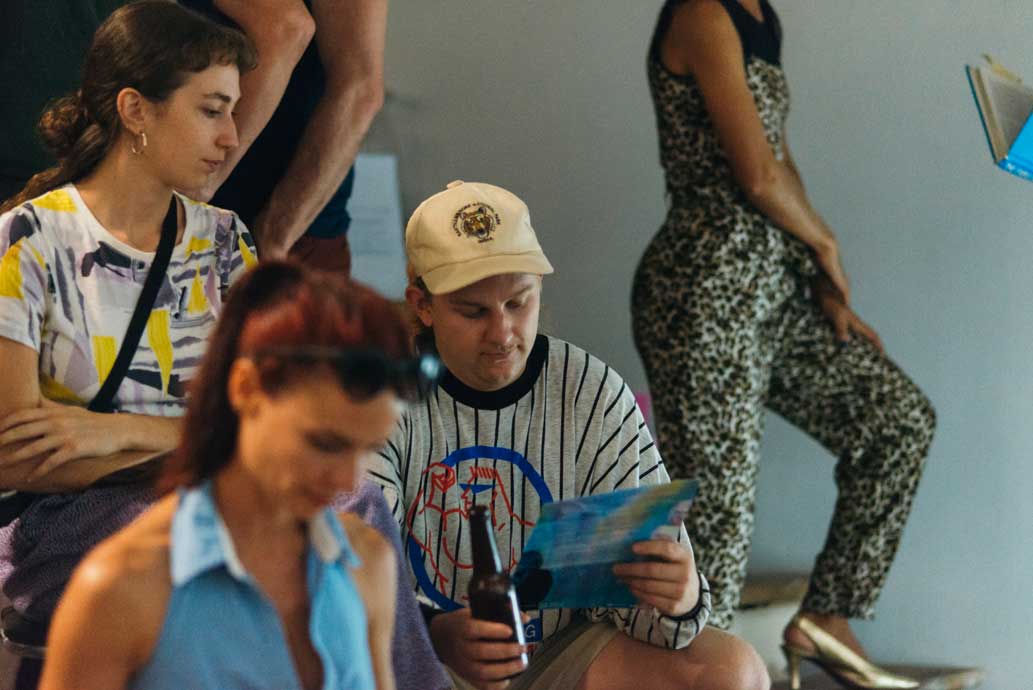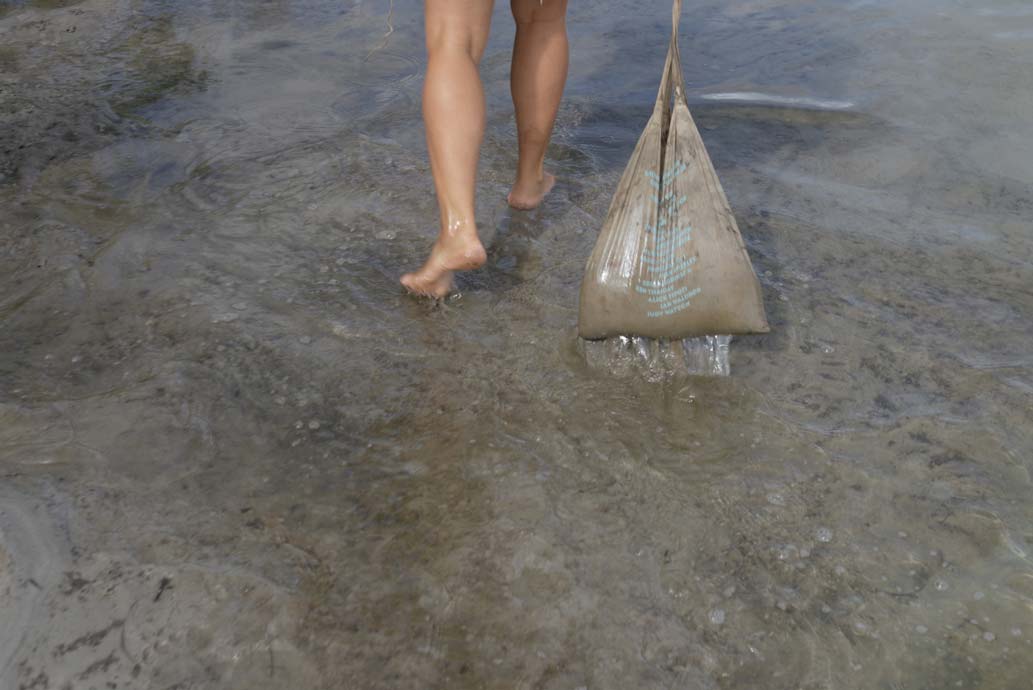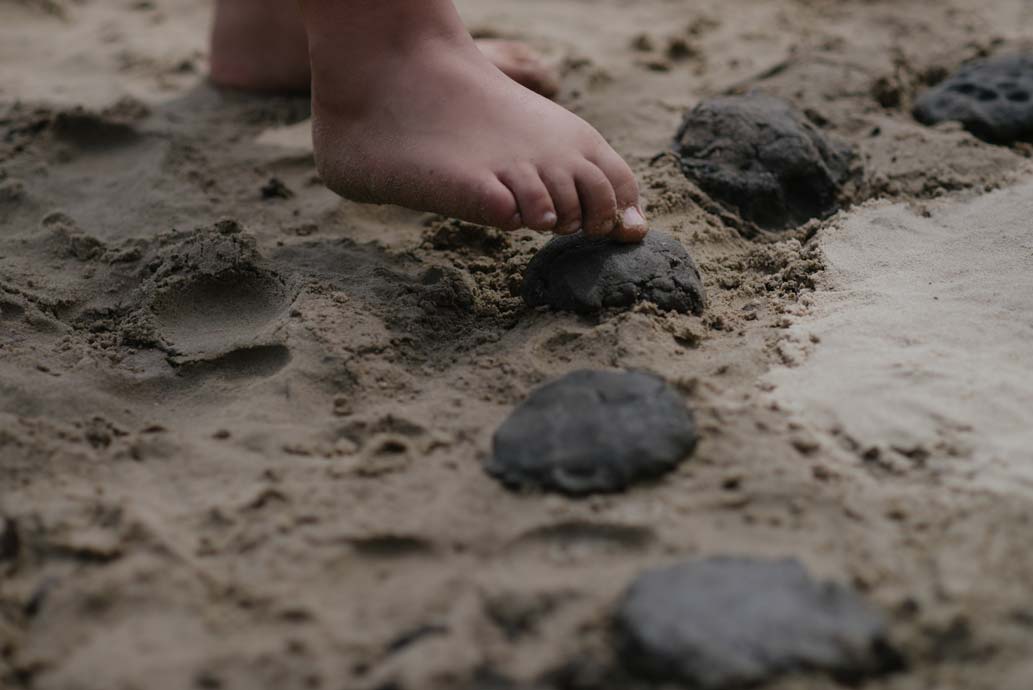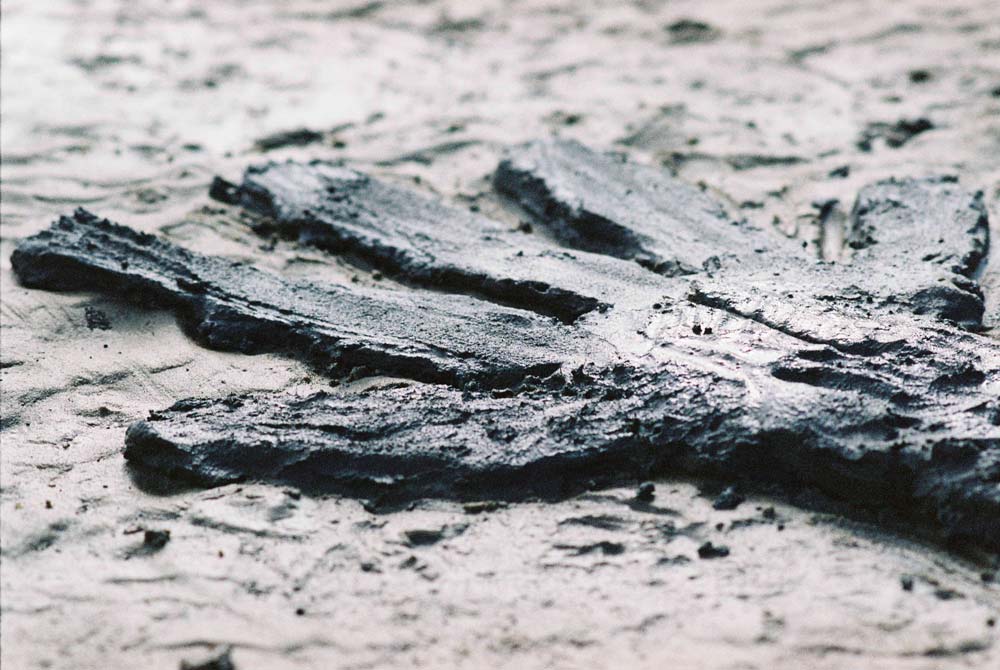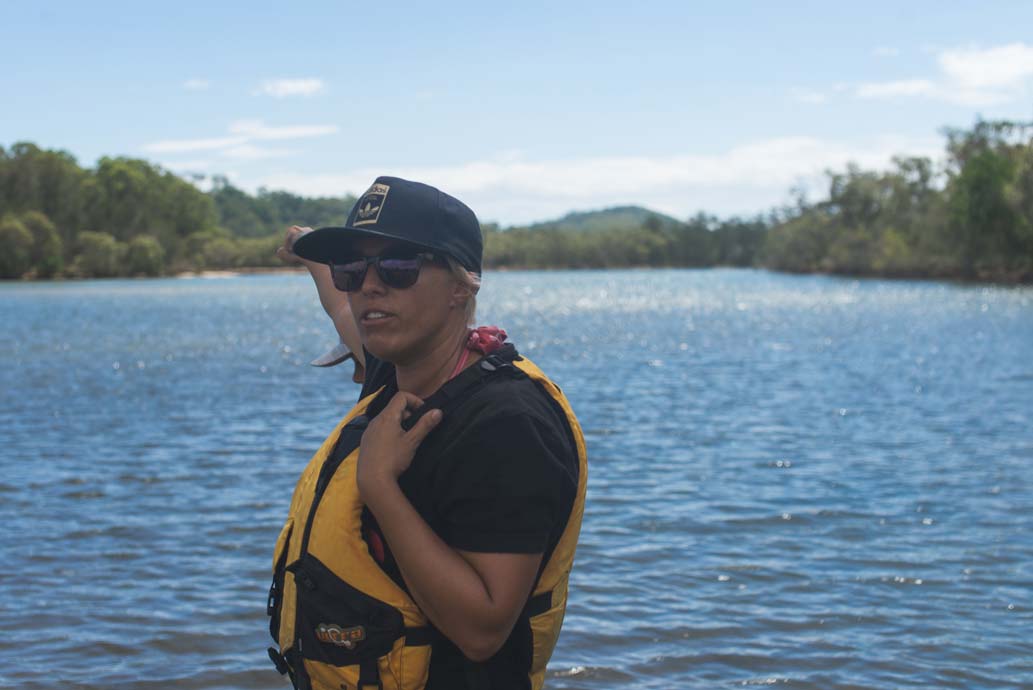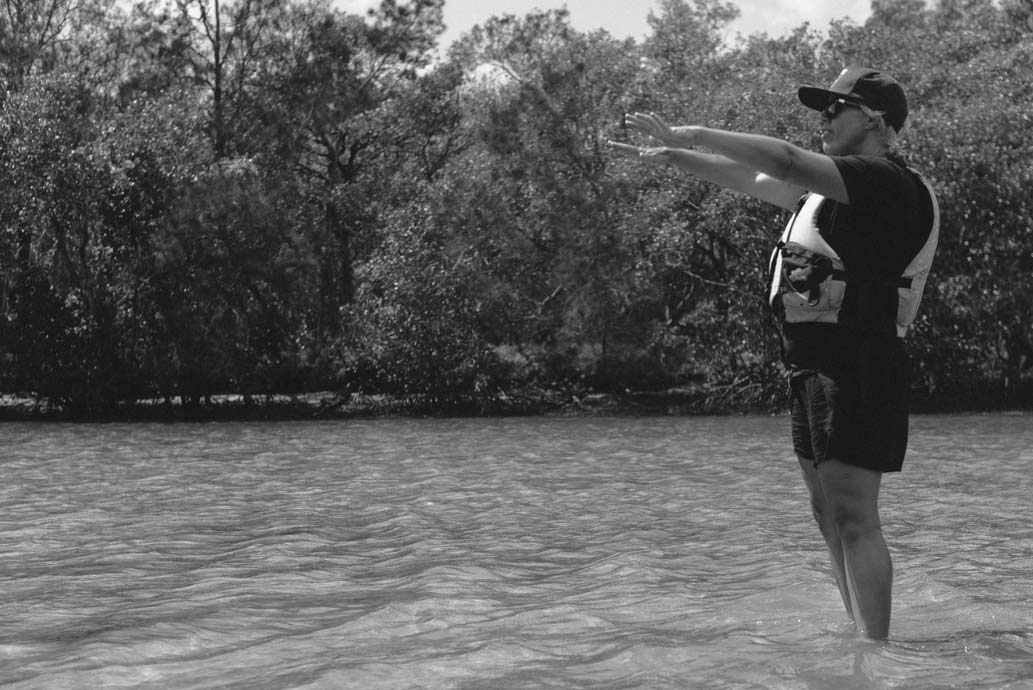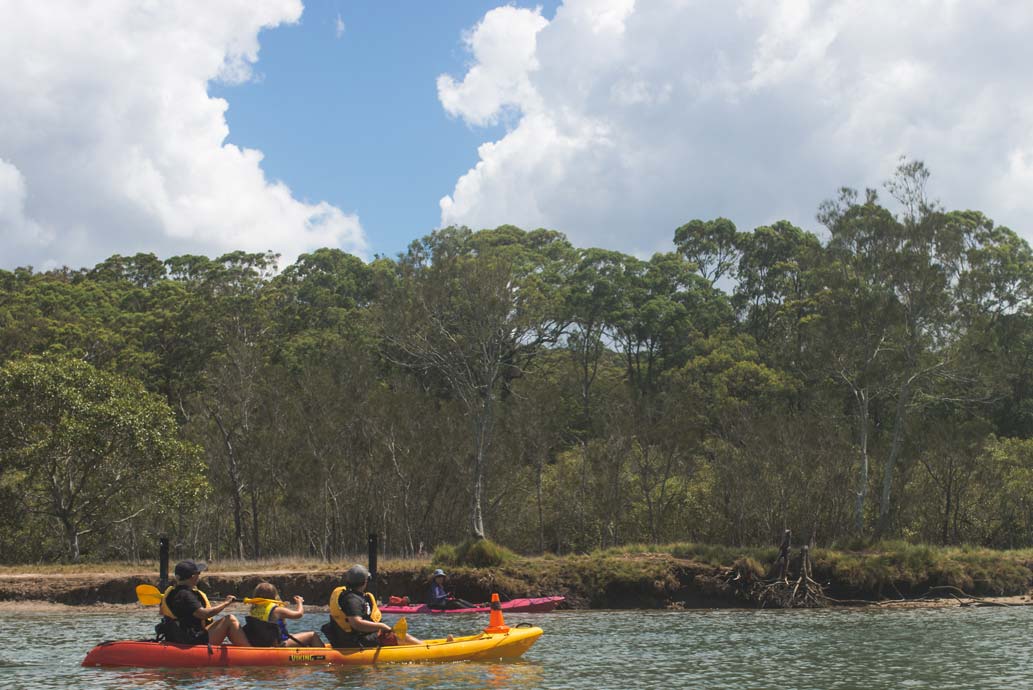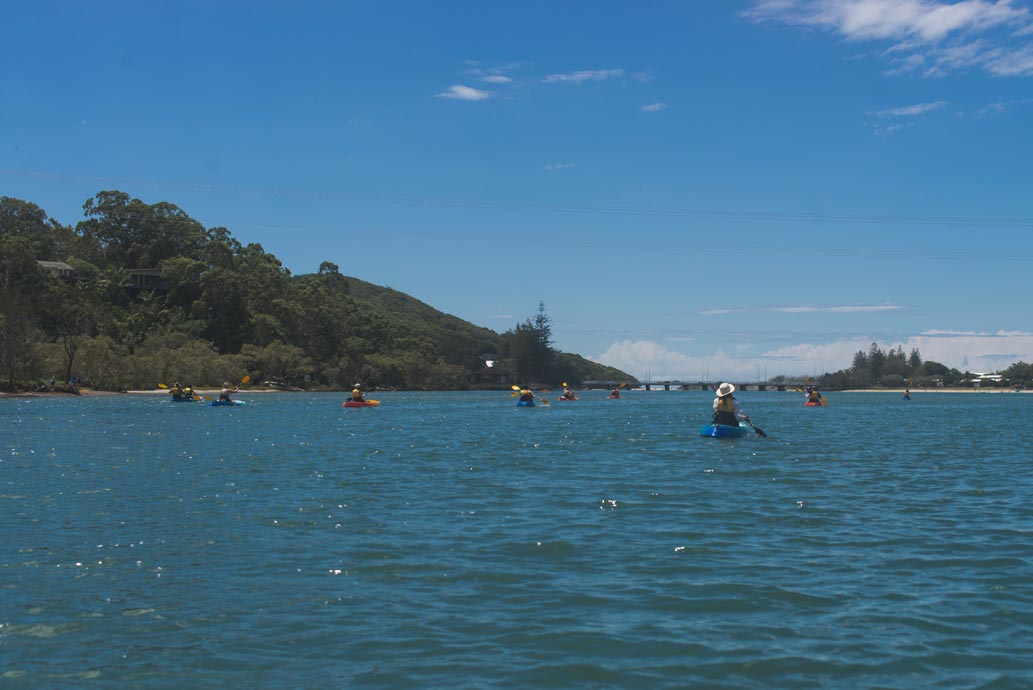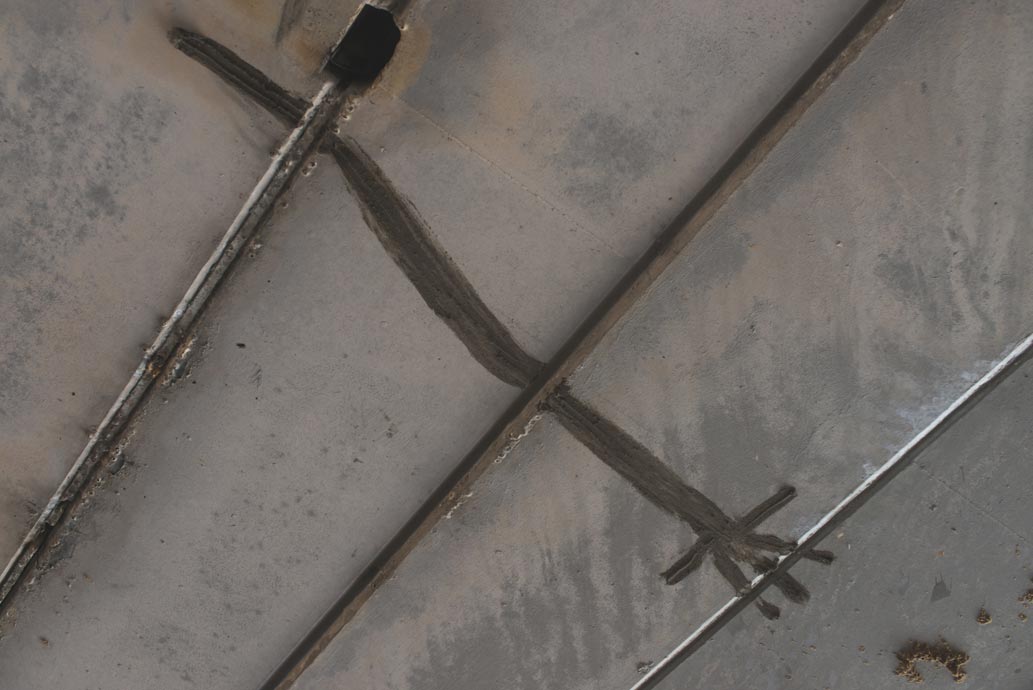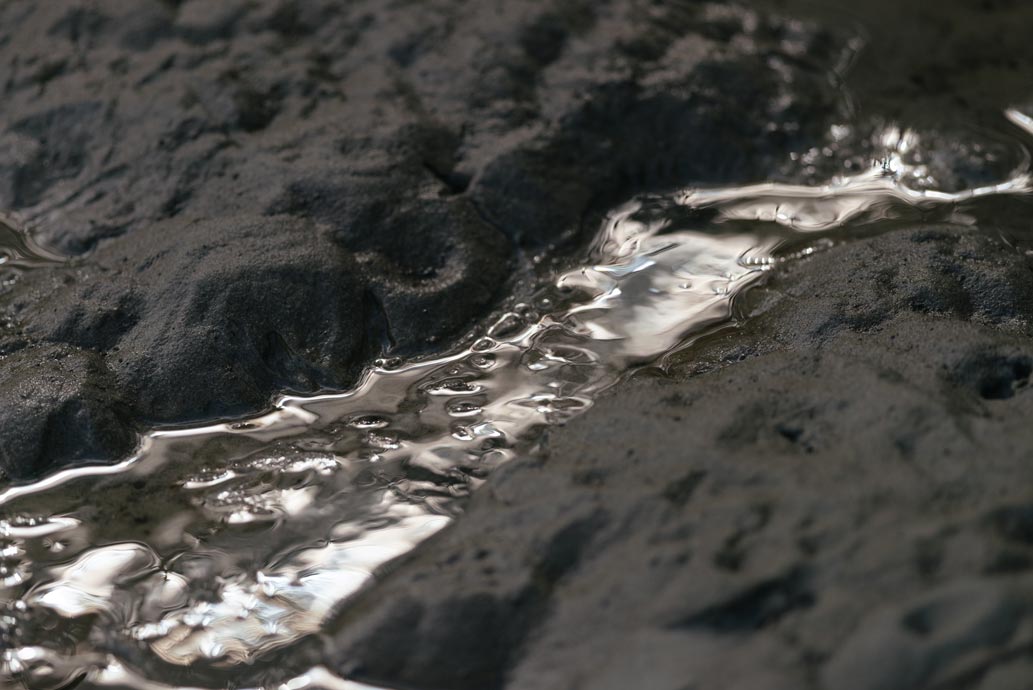Enter the Map
Enter the Map was an experimental mapping project curated by Danni Zuvela taking place on the Gold Coast during summer-autumn 2017. Working with archival research, and personal, cultural and ancestral memory, three Gold Coast artists produced alternative maps and listening tours of the Gold Coast. Scott Redford, Libby Harward and Carlotta offered reflections on wayfinding, transformation, calling out and listening back. These maps and Enter the Map video work were exhibited at The Walls Artspace, Miami, with the video work as the Enter the Map exhibition, from 4-18 March 2018.
*
Maps are – everywhere, anywhere – essential to everyone, every day. Maps are Google, satellites, territory, cadastre, empire and capital. But maps are also stories, and every map unlocks more stories, some of which are true.
In this project, we asked three Gold Coast artists to consider the existing and former maps of this place as a platform to delve into personal, artistic and cultural imagination. Via the archive, conversation and experimental wayfinding, the artists plotted new and old sites of significance onto a common map of the Gold Coast today, creating three new maps for alternative wayfinding.
A woman of Ngugi and Quandamooka heritage, artist Libby Harward shared First Nations cultural ways of knowing and moving through country at Tallebudgera Creek and Jellurgal (Burleigh headland).
Arguably the Gold Coast’s most infamous artist, Scott Redford explored the hotspots fuelling early personal and creative encounters, including what he calls the “post-contemporary art” of Broadbeach high-rises.
Legendary showgirl, LGBTIQ trailblazer and a proud Gold Coaster for over a decade, Carlotta reflected on a glamorous history of performing, partying and relaxing from Coolangatta to the Glitter Strip of Surfers Paradise.
Together, this cohort of artists represent a challenge to normative ideas of the typical Gold Coaster (white, cis, straight). As individuals, their deep connections to place are expressed in thoughtful, sometimes contradictory observations that complicate, deepen and enlarge our understanding of how and why the curious map of the Gold Coast is the way it is.
*
The process of experimentally mapping with the artists began with conversation and consultation. Scott Redford acted as a mentor and guide for the project, offering pragmatic and creative advice, and sharing his compendious, sometimes scandalous, stories of the Gold Coast he knew as a young queer man. Scott’s passion for postmodern architecture, politics and history led to a map, best traversed by car, of sites where memories of past entertainments are vigorously and sometimes frantically overlaid with new ones in a process of constant transformation against the ever-present beat of the Pacific Ocean.
Carlotta submitted to a series of interviews in which she reflected on her memories of performing on the Gold Coast, and later, ‘semi-retiring’ here in her glamorous home (while continuing to be flown weekly around the country for events). Going through archival materials together, Carlotta recalled the exceptional status of Coolangatta, as a border town whose suspension of common realities allowed for daring breaches of propriety, as in the wildly popular drag shows she helmed. As the recipient of Australia’s first televised male-to-female gender reassignment surgery, Carlotta has inspired – and challenged – legions. It is possible to read, in her enthusiasm for the controversial canalways at the heart of the Gold Coast’s supremely odd current map, a powerful intellectual argument for rethinking the value of categories such as ‘natural’ and ‘artificial’ in favour of processes of fringing and unbuilding.
In her experimental practice, Libby Harward’s process involves spending time in a site and consulting with traditional owners to produce work that privileges an Aboriginal frame of reference. Learning about Tallebudgera Creek’s history as a community centre for mob travelling further to nearby places of business. With this project, Libby spent time listening to the site of Tallebudgera Creek, mapping the space through a process of walking, swimming and kayaking its contours. Libby consulted with traditional owners and received words of language from them, opening new understandings of the significance of these tidal lands as places to host gatherings, sittings, thinkings and listening.
“In the process of making this work and collaborating with Kombumerri man John Graham, I received the Yugambeh word ‘kunga’ which means to both call out and to listen. In Tallebudgera creek, with my children holding in the present the ongoing connections of our Quandamooka Ancestors, the paths they have trodden and their relationship with this Yugambeh country and its people I understand through Kunga and Kungullanji” — Libby Harward, 2017
In a series of personal rites, Libby, with her children, collected soft alluvial mud from the mangroves and created ephemeral artworks in three spots along Tallebudgera Creek. Timing the journey with the incoming tide, Libby orchestrated an experience in which rising waters covered, but did not consume, the mud landforms she created. Rather, spectators were able to observe the artworks in multiple states of becoming, from dry mud to underwater territory, a reminder of the tidal flows that create new places twice a day in coastal zones, and that the process of reclamation is always partial and irreducibly complex.
On the kayak tour, starting west of the M1 we see being built in Stephen Fleay’s photographs, Libby led us to the first artwork, whose outstretched arms pointed out the direct line between Wollumbin (Mt Warning) and Jellurgal (Burleigh Headland). We met local Kombumerri man John Graham at the Fleay’s ramp, and paddled together through the silent depths of the wilderness reserve to the next location, where we disembarked for conversation and speculation about place, time and language, returning to the concept of Kunga (to call out and to listen) and Kungulanji (sitting and thinking place). We then paddled together to the final destination, in the hectic aquatic crossfire that is Tallebudgera Bridge in late summer. Under the bridge, Libby’s final artwork restated the energetic connection from Jellurgal back to Wollumbin. The connection between these two sacred sites is not evident from the white maps now sitting as overlays over ancient and sacred pathways. Through the bodily process of physically mapping the pathways along the creek, and experiencing sitting and thinking places as they were intended, the conditions were right for new understandings of place to emerge.
*
Gold Coast visual storyteller Alex Chomicz documented, provoked and processed dialogues between the artists and their places. We presented the video installation ENTER THE MAP with a special screening on opening night, including never-before-seen Gold Coast historical imagery and a special message from Stephen Fleay, son of Gold Coast conservationist and founder of Fleay’s Conservation Park, David Fleay.
With thanks to the Yugambeh Museum; Jellurgal Cultural Centre; Gold Coast Local Studies Library; Gold Coast Heritage Hinterland Museum; State Library of Queensland; Queensland State Archives; Museum of Lands, Mapping and Surveying; and Friends of the Gold Coast Regional Botanical Gardens.
Special thanks to John Graham, Stephen Fleay, John Kerr, Kate Heffernan, Karen Wright, Dr Glenda Harward-Nalder and Aunty Mary Graham
This project was supported by the City of Gold Coast’s Regional Arts Development Fund.
We acknowledge the traditional owners of the land on which the project took place, the Kombumerri people of the Yugambeh group, and offer our respects to their elders past, present and emerging.
